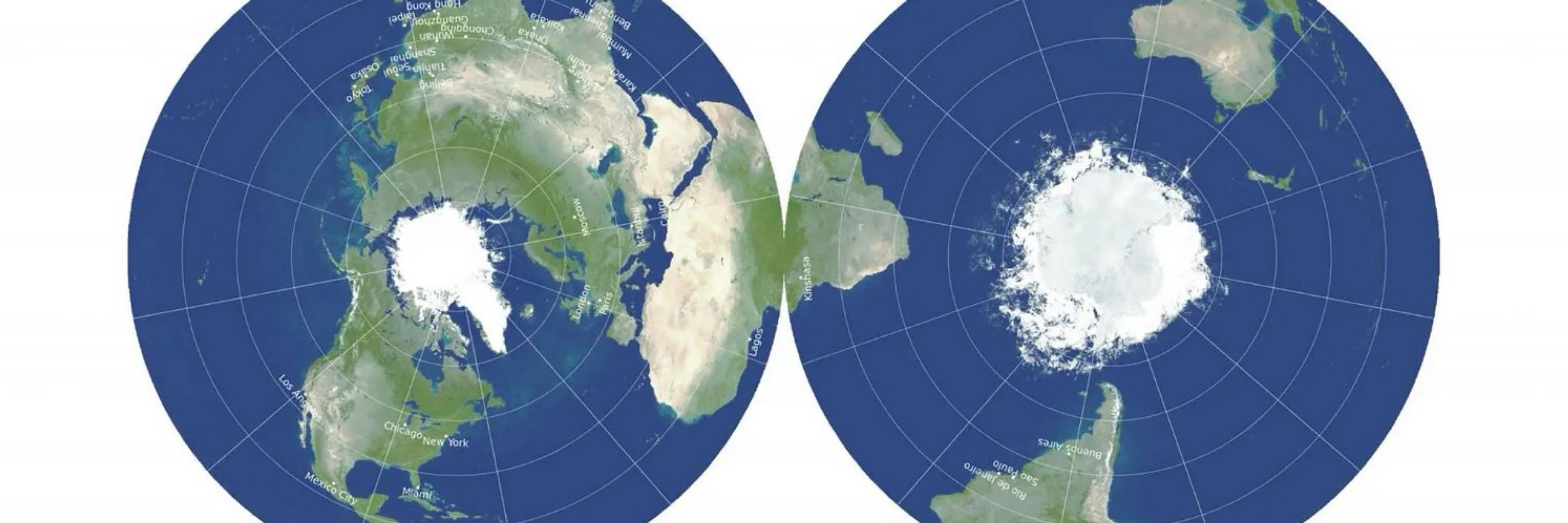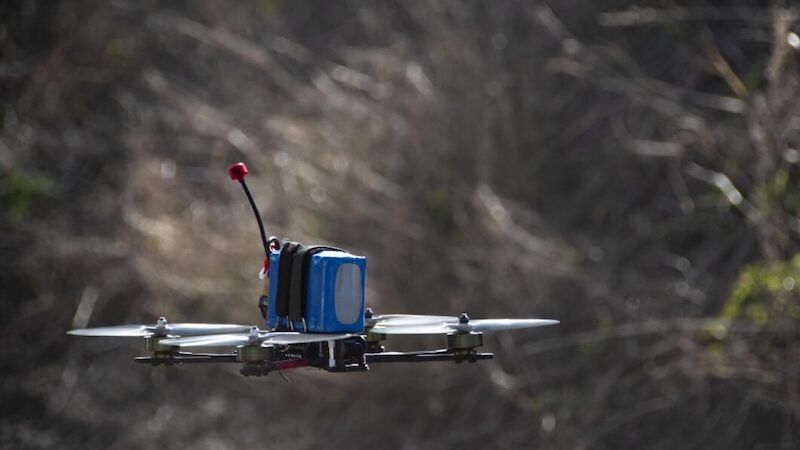Joshua Tallis
@doctallis.bsky.social
370 followers
230 following
98 posts
Naval strategy and operations | GWU adjunct professor | St Andrews PhD
Posts
Media
Videos
Starter Packs
Pinned
Joshua Tallis
@doctallis.bsky.social
· Nov 13
Joshua Tallis
@doctallis.bsky.social
· Sep 7
Joshua Tallis
@doctallis.bsky.social
· Sep 7
Joshua Tallis
@doctallis.bsky.social
· Sep 7

The War for Muddy Waters: Pirates, Terrorists, Traffickers, and Maritime Insecurity
The War for Muddy Waters: Pirates, Terrorists, Traffickers, and Maritime Insecurity [Tallis, Joshua] on Amazon.com. *FREE* shipping on qualifying offers. The War for Muddy Waters: Pirates, Terrorists, Traffickers, and Maritime Insecurity
www.amazon.com
Joshua Tallis
@doctallis.bsky.social
· Jul 1
Joshua Tallis
@doctallis.bsky.social
· Jul 1
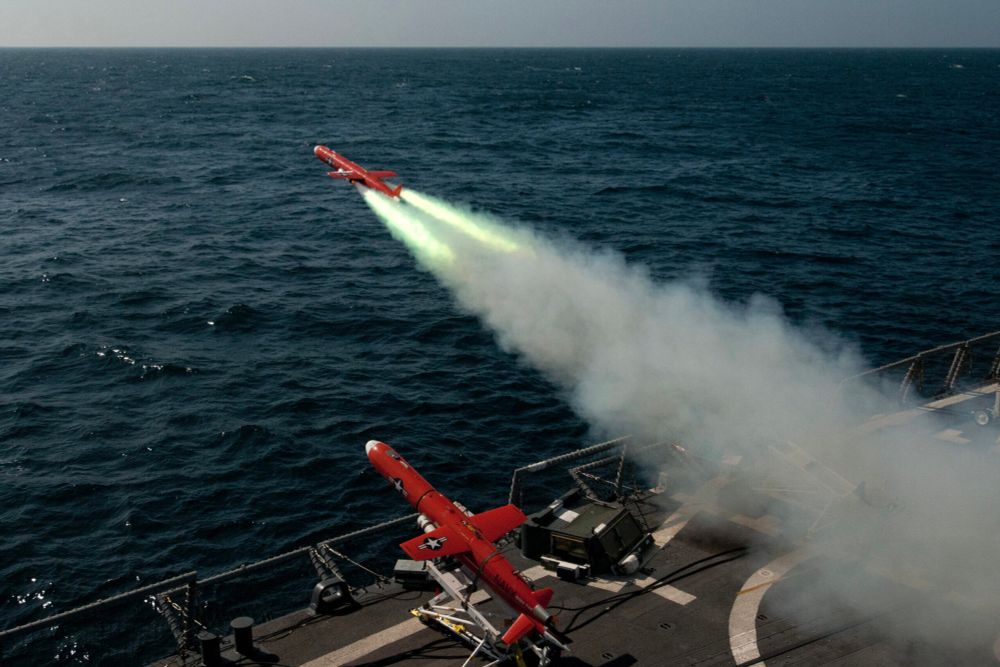
The Calm Before the Swarm: Drone Warfare at Sea in the Age of the Missile - War on the Rocks
We are not yet at a paradigm-shifting moment in the role of autonomous or robotic systems at sea. Nor are we likely to reach a revolutionary precipice
warontherocks.com
Joshua Tallis
@doctallis.bsky.social
· Jul 1
Joshua Tallis
@doctallis.bsky.social
· Jul 1
Joshua Tallis
@doctallis.bsky.social
· Jul 1
Joshua Tallis
@doctallis.bsky.social
· Jul 1
Joshua Tallis
@doctallis.bsky.social
· Jun 13
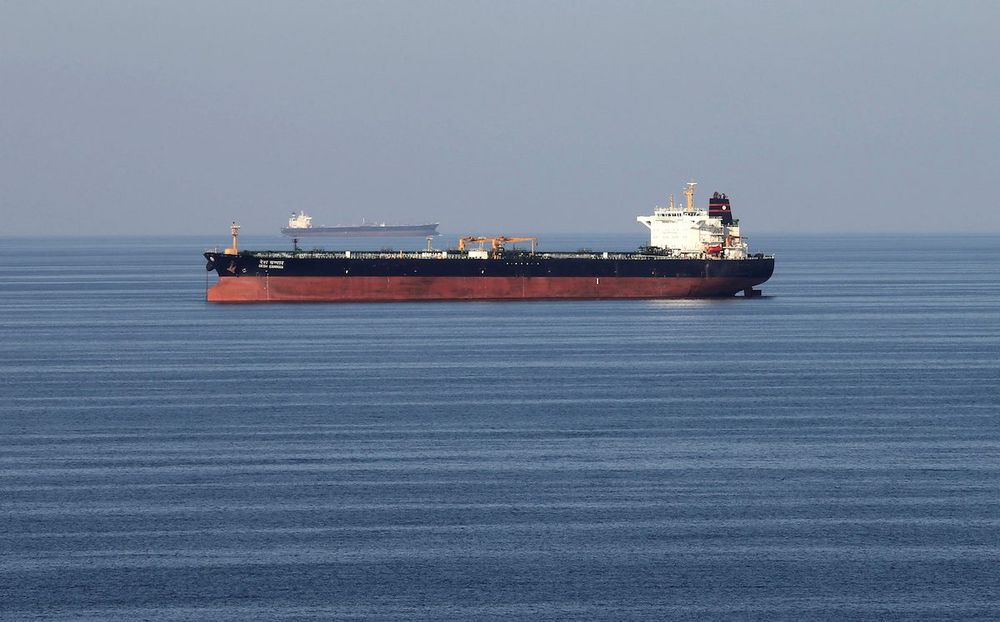
Tankers Keep Moving Through Strait of Hormuz as Israel-Iran Conflict Escalates
Merchant shipping is continuing to pass through the Strait of Hormuz despite Israel's attacks on Iran on Friday, the multinational, U.S.-led Combined Maritime Force said, although some shipowners were...
gcaptain.com
Joshua Tallis
@doctallis.bsky.social
· Jun 13
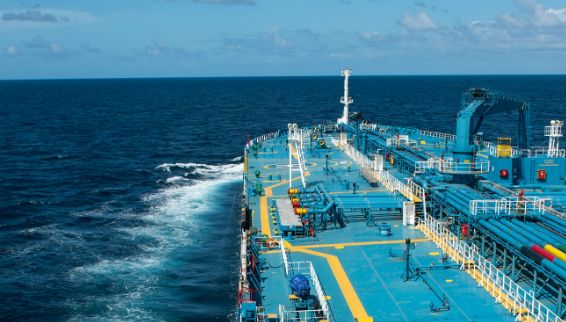
Oil transit through Strait of Hormuz unlikely to be disrupted by regional unrest
13 Jun 2025: The Israeli strikes on Iranian nuclear and military facilities on Friday 13th June, followed by Iran’s retaliatory actions, have heightened fears of a broader regional conflict and potent...
www.drewry.co.uk
Joshua Tallis
@doctallis.bsky.social
· Jun 13
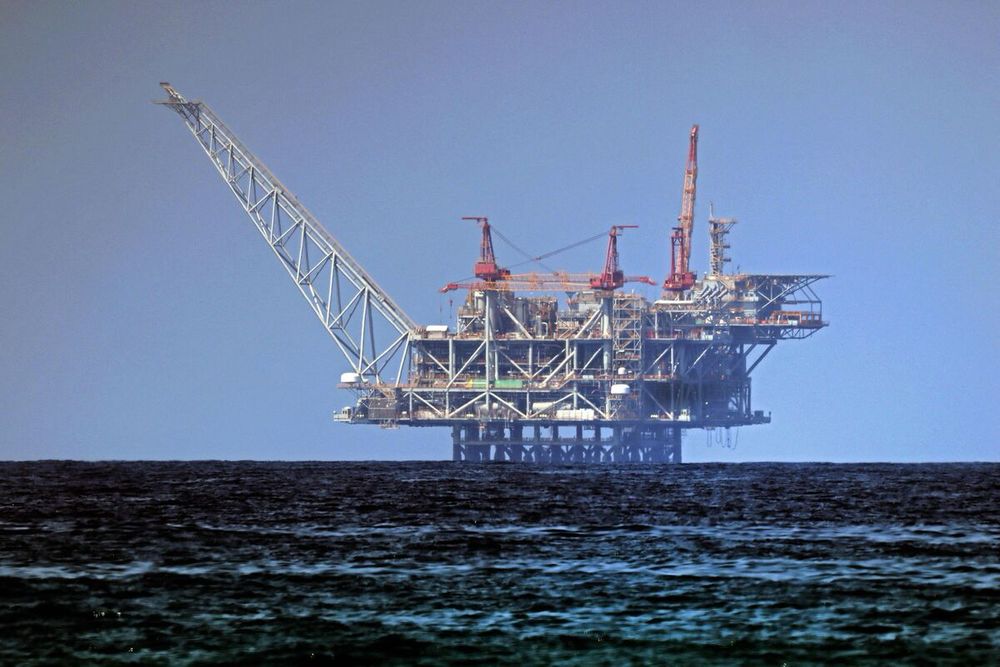
Israel Orders Temporary Shutdown of Its Biggest Gas Field
Israel shut down production at its biggest natural gas field after it launched airstrikes against Iran, stopping supplies to import-dependent Egypt and raising concerns about fuel shortages there.
www.bloomberg.com
Joshua Tallis
@doctallis.bsky.social
· Jun 13
Joshua Tallis
@doctallis.bsky.social
· Jun 5
Joshua Tallis
@doctallis.bsky.social
· May 13
Joshua Tallis
@doctallis.bsky.social
· May 13
Joshua Tallis
@doctallis.bsky.social
· Apr 25
